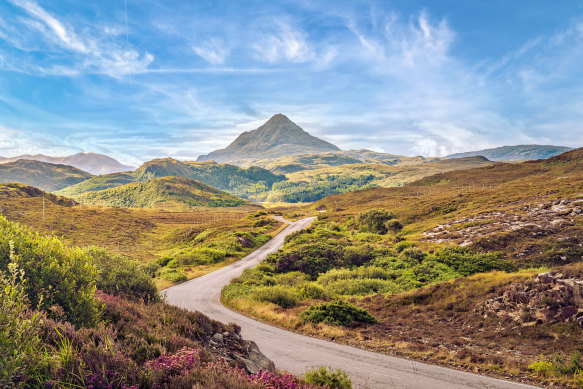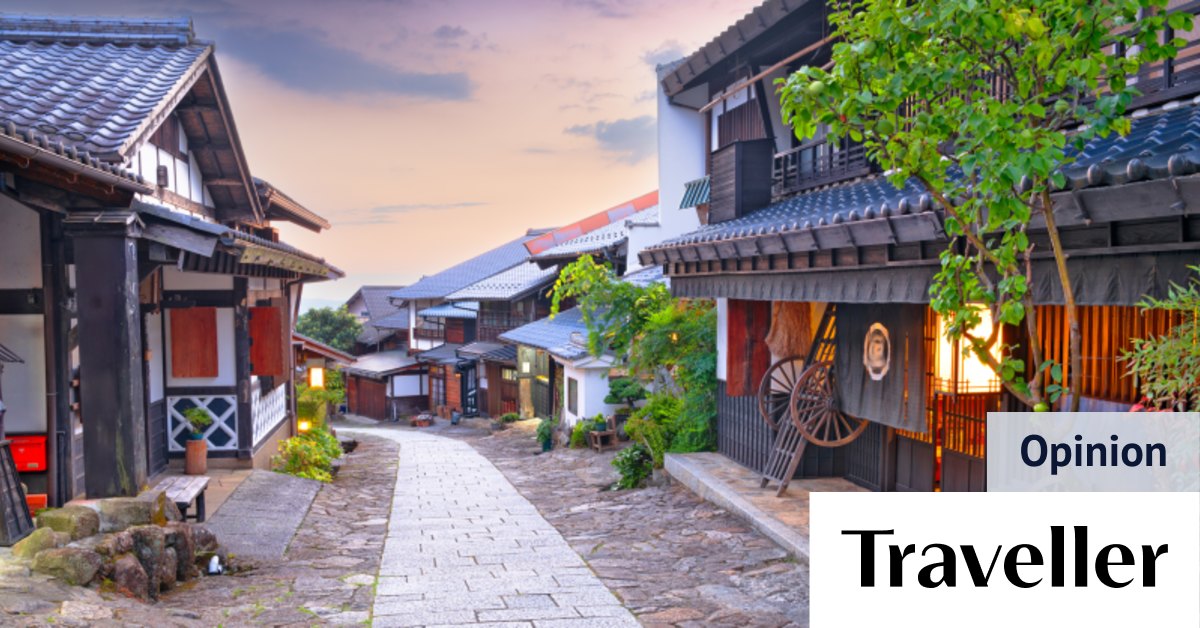We’re a family travelling to Japan for two weeks in October with children aged eight and 10. We are flying in and out of Tokyo and heading first to Fukuoka but what other places should we include on the way back to Tokyo over 10 days that would work for all of us?
A. Osbourne, Kingston, ACT
Magome, Japan is found along the Nakasendo Trail between Tokyo and Kyoto.Credit: iStock
You can reach Fukuoka by train in under six hours and this is a thrilling introduction to Japan’s superb high-speed train network. From Fukuoka it’s just a 70-minute train trip to Hiroshima but you need to consider whether the city’s Peace Memorial Park is an experience that your children can handle, and The Family Voyage lays out what you can expect. Your next stop might be Naoshima Island, in the Seto Inland Sea, one of the stars of the international contemporary arts scene. It’s a delight, an eye-opening experience with galleries, sculpture parks and art installations in surprising places.
Continue to Kyoto to see some of Japan’s most famous gardens and temples and then to Takayama, surrounded by the hills of the Japan Alps. There’s a superb collection of Edo-style merchants’ houses along Ojinmachi and every morning from about 7am Miyagawa Market brings colour and fragrant smells to the walking path along the river. Above the city the Higashiyama Walking Trail wanders through a dozen historic Buddhist temples with enormous bronze bells and shingled roofs.
If time allows, spend a couple of nights in Magome, one of the towns on the Nakasendo Trail, the original road between Tokyo and Kyoto, and still powerfully evocative of Japan in its cloistered Edo era. You can walk a half-day section of the Nakasendo between Tsumago and Magome, where the trail threads through mossy forests of cypress trees and rice farms, past Shinto shrines and tea houses and over galloping streams. Magome is a five-hour journey by taxi, bus and train from Tokyo. See The Man in Seat 61 website for a primer on train travel in Japan.
Together with a friend I am planning to drive the North Coast 500 in Scotland next June. Which way to go, clockwise or anti-clockwise? Places to stay? And how long should we allow?
J. Bartlett, Hawthorn, Vic

Ben Stack mountain in Scotland’s north.Credit: iStock
Anti-clockwise is the more popular choice for the North Coast 500, and one reason is this allows for a more gradual introduction to the scenic highlights of Scotland’s north, but there’s nothing to dislike about a clockwise circuit. The North Coast 500 website has several itineraries based on various themes you might like to follow, such as history, heritage and archaeology, or food and drink. The website also has accommodation suggestions.
There are also several online itineraries suggested by travellers such as Finding the Universe. While the concept of a 500-mile (804 kilometre) circuit of the top third of Scotland might stretch credibility, the route weaves out and around the long fingers that reach into the sea to become a looping, swooping 830-kilometre adventure, lavishly endowed with castles, sea stacks, sea-fretted beaches, lochs and trails once trodden by the Picts. Five days is the absolute minimum, a week is better, but nine days would be perfect for a leisurely trip, and there’s much to take in. This is a less-visited Scotland, packed with wonders. It’s heart-stoppingly beautiful.
After visiting Basel we have three days before we need to be in Rome. We’d like to take the ride up to the Jungfraujoch railway station, any suggestions?
S. Callan, Bondi, NSW

